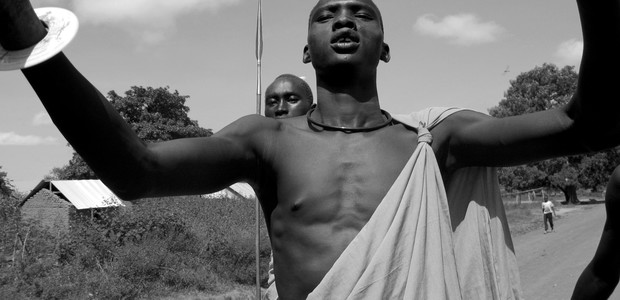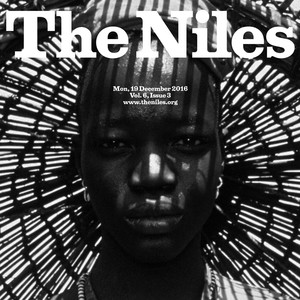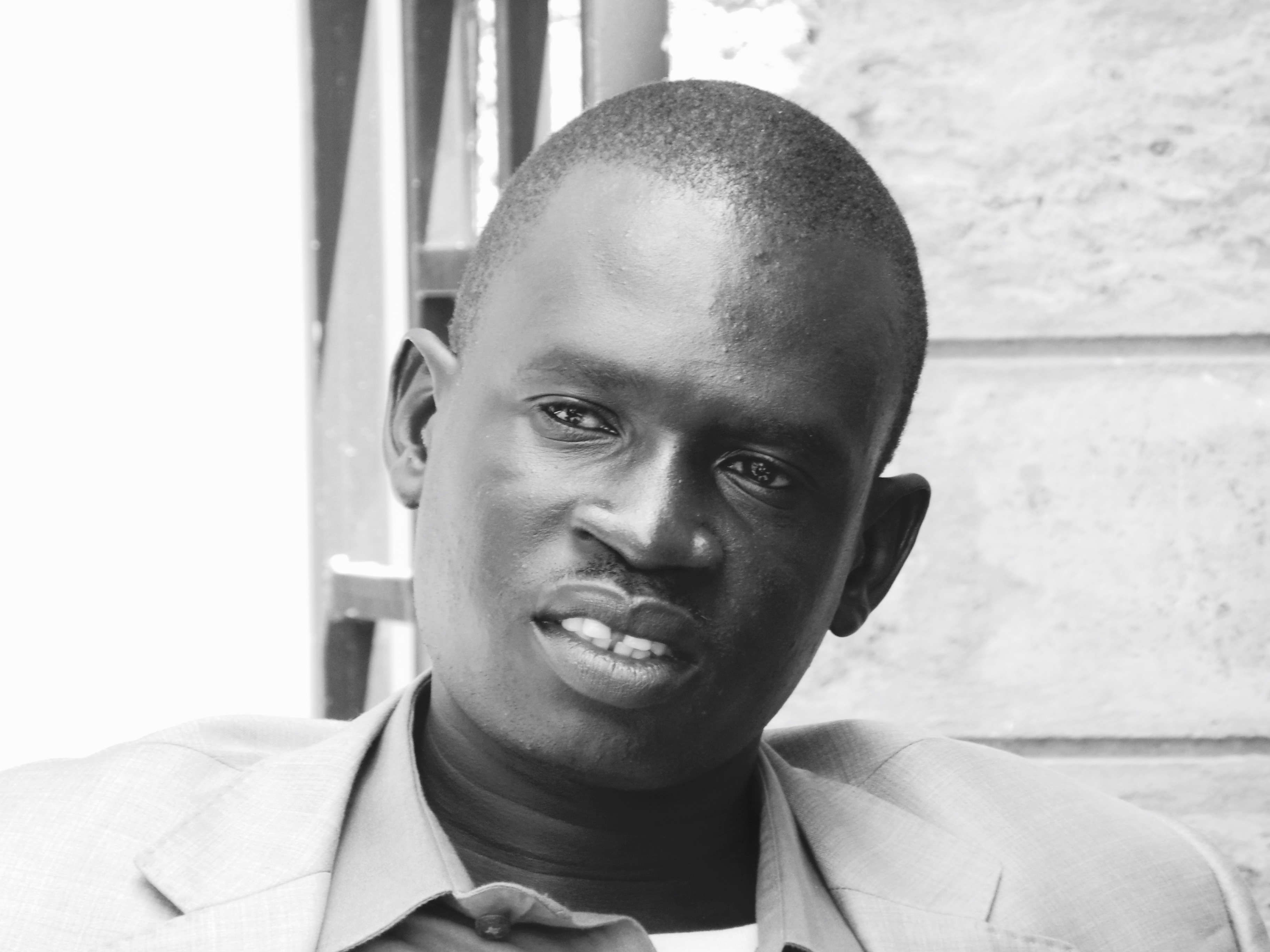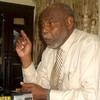4/Marriage: Bonds forged in traditionsMarriage taboos

A totem is a spiritual being, sacred object or symbol that serves as an emblem to a specific tribe. Among the Dinka, the totem is usually an animal, plant, river creature or any inanimate object to which Dinka clans believe they are related. Each Dinka clan has a totem and some totems are common among more than one clan.
For example, the Fei clan in the region inhabited by the Rick group in Bahr el-Ghazal, and which is totemically related to the Farik clan in Western Aweil in northern Bahr el-Ghazal, has a tree called Kweil and handles it with great caution – no one may cut or burn it or even tamper with its leaves.
Similarly, the Fakweit clan in the Rick area, the Falyul in Lake Sate’s Gok area, and the Faful and Alukio group in the Agar region of Lakes State hallow fire, which is their sacred kinship despite their presence within socially and geographically different divisions.
Comprised of thousands of clans, with each having a sacred symbol, the Dinka community prevents marriage or sexual relationships between men and women of tribes that share the same totem. “No Dinka man and woman sharing the same totem may have sexual intercourse because they are considered siblings,” says Lewis Aniye Kuindet, a scholar and specialist in Dinka’s cultural heritage. “Incest can lead to an incurable disease.”
In marriage, the fewer connections the better
All Dinka septs and clans marry outside of their clans and, additionally, no man may marry a woman spiritually related to his tribe. Marriage amongst relatives is forbidden.
No Dinka man or woman with a blood relationship to another Dinka, in some families, to the seventh generation, is permitted to marry. Also, no marriage can take place between members of feuding families. Children breastfed by a woman who is not their own mother are considered siblings to her children, and would not be allowed to marry. This kinship however may be terminated after performing certain rituals.
“Dinka families believe that God has created a holy spirit that serves as a mediator between him and the family,” says Deng Goj, a Member of Parliament interested in Dinka cultural heritage.
“The spirit is reincarnated in a specific animal or inanimate form. This kinship between the family and clan on the one hand and the sacred symbol on the other is holy and respected. Accordingly, the Dinka believe that those with the same totem were originally a single family even if they live hundreds of kilometres away from each other, which is attributed to migration. Dinka’s philosophy in marriage is based on convergence with other non-related tribes.”






